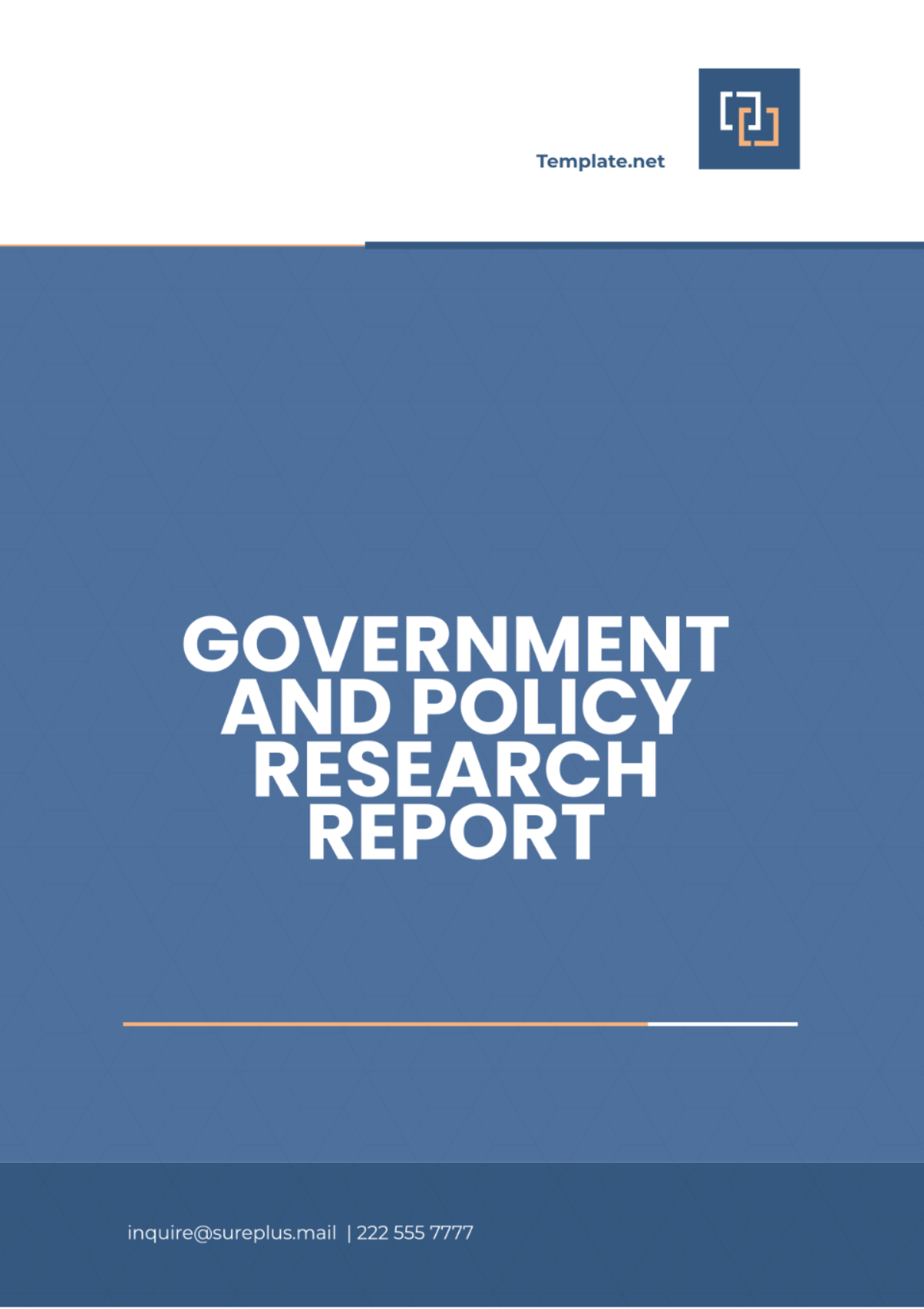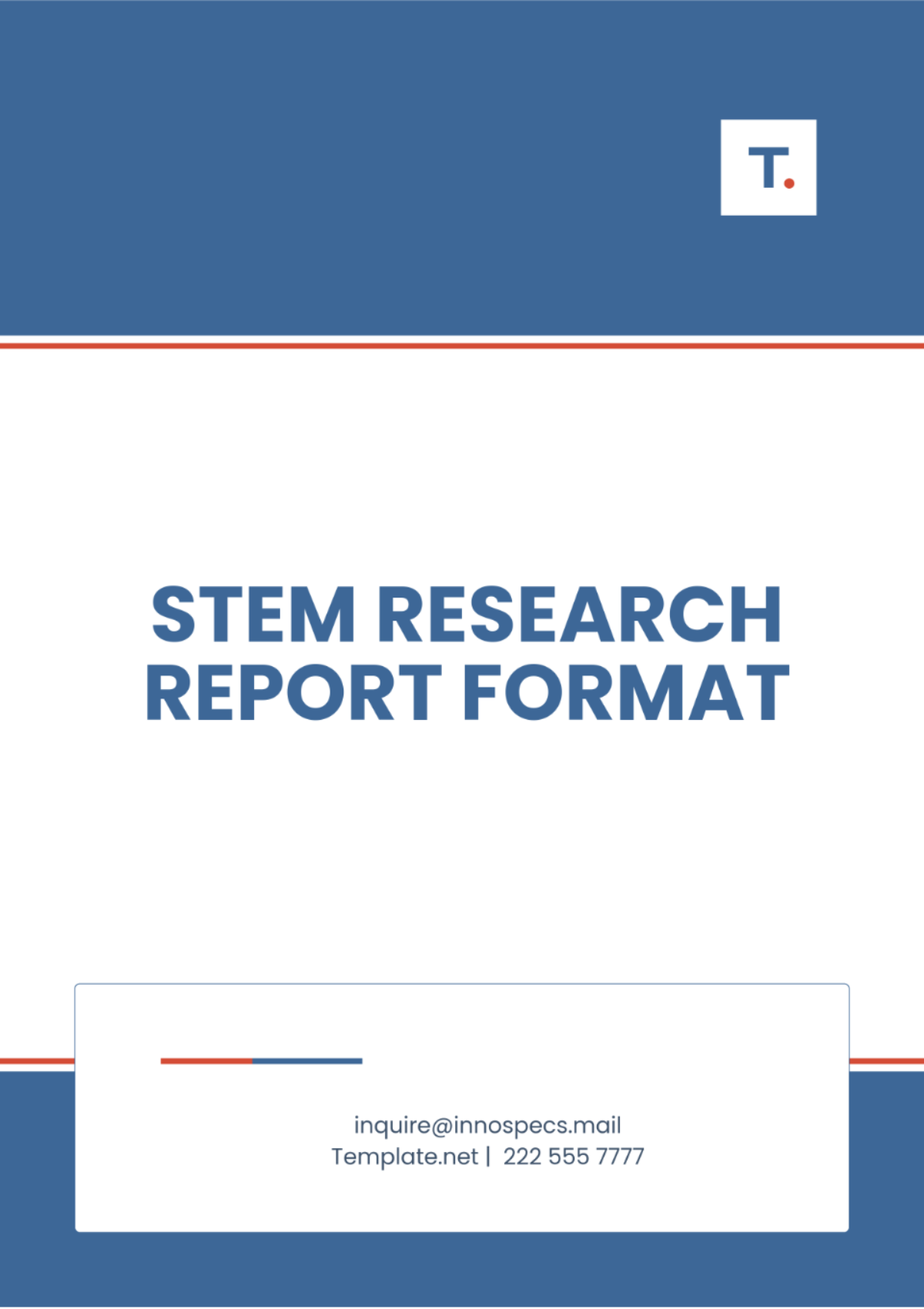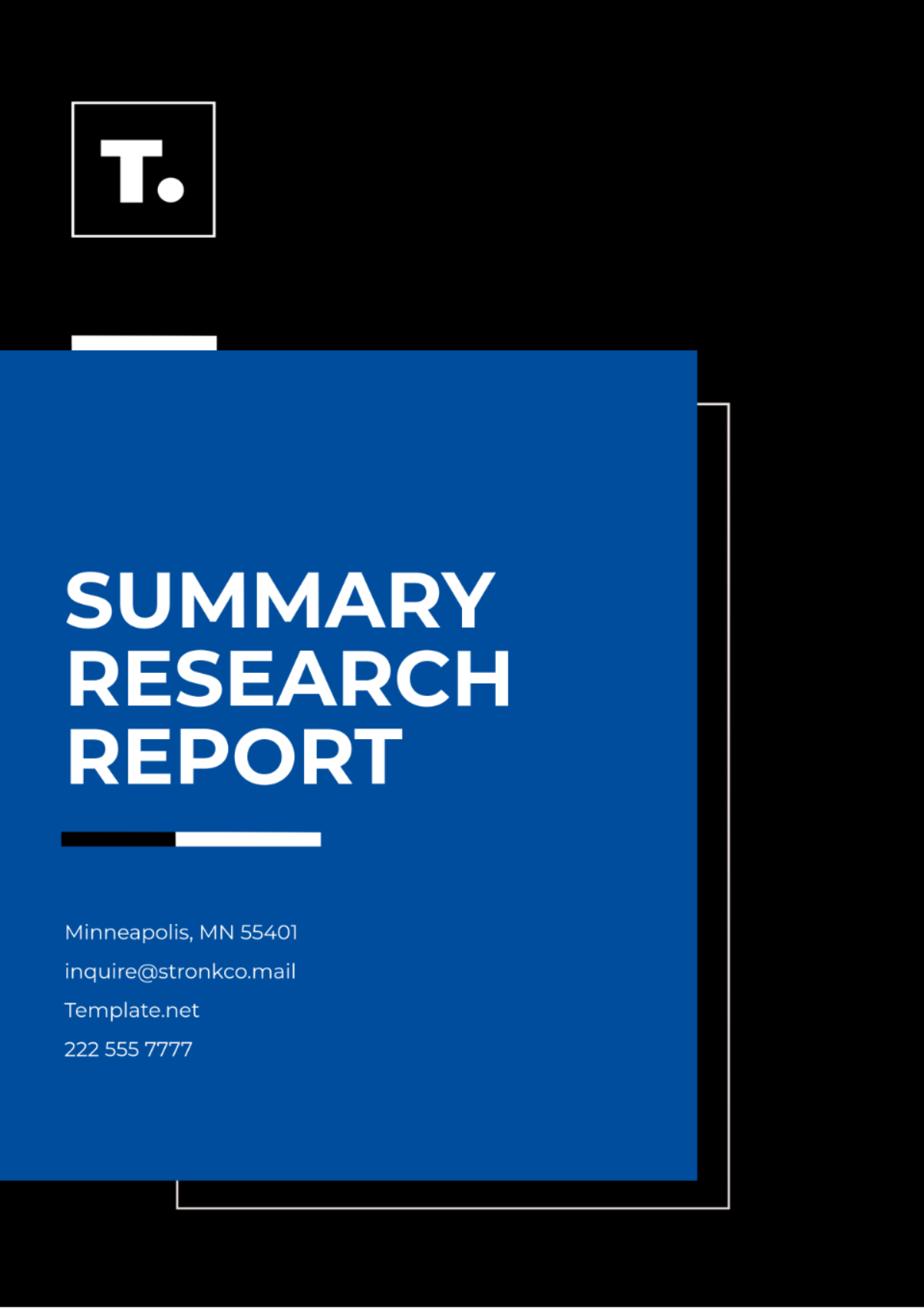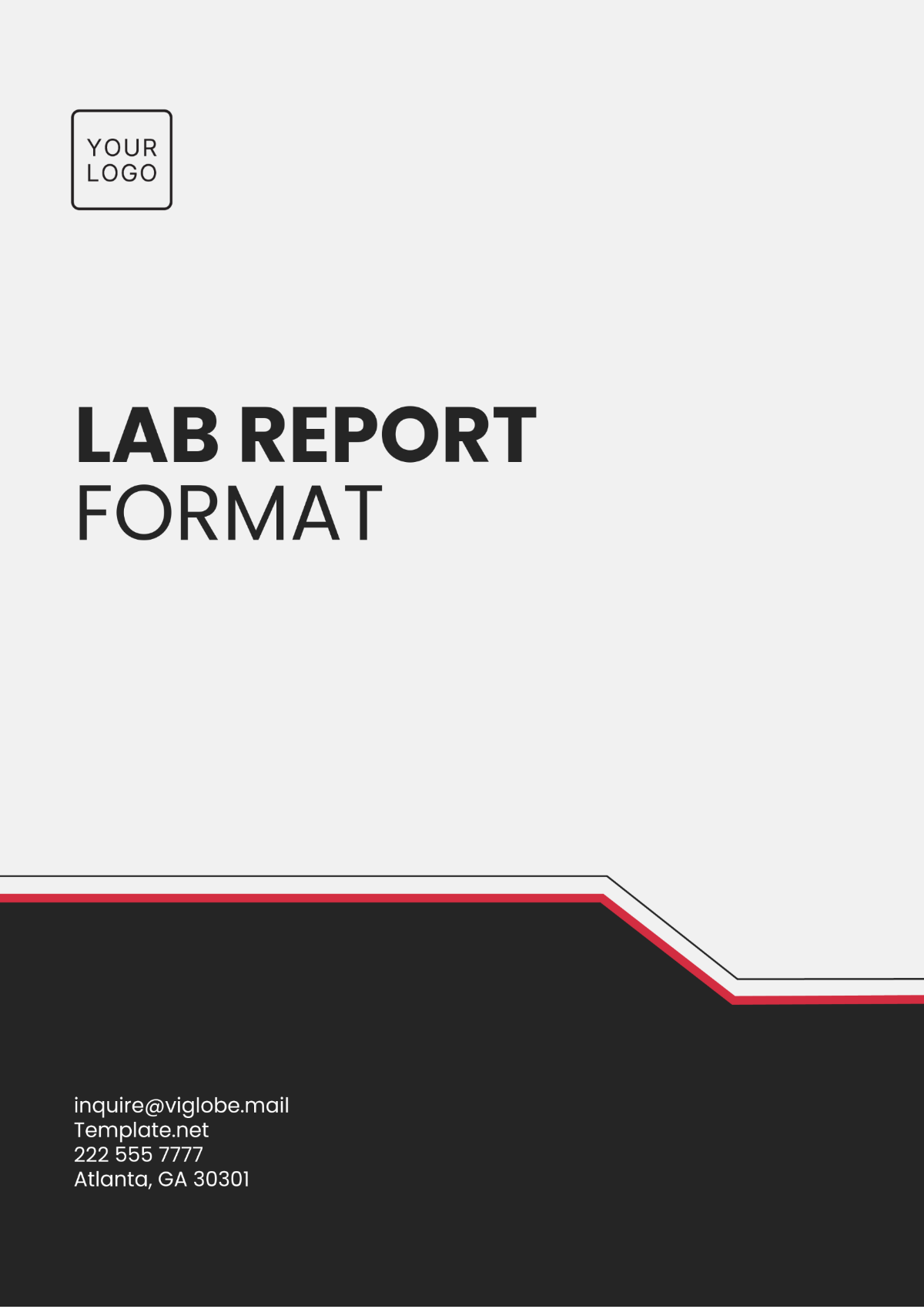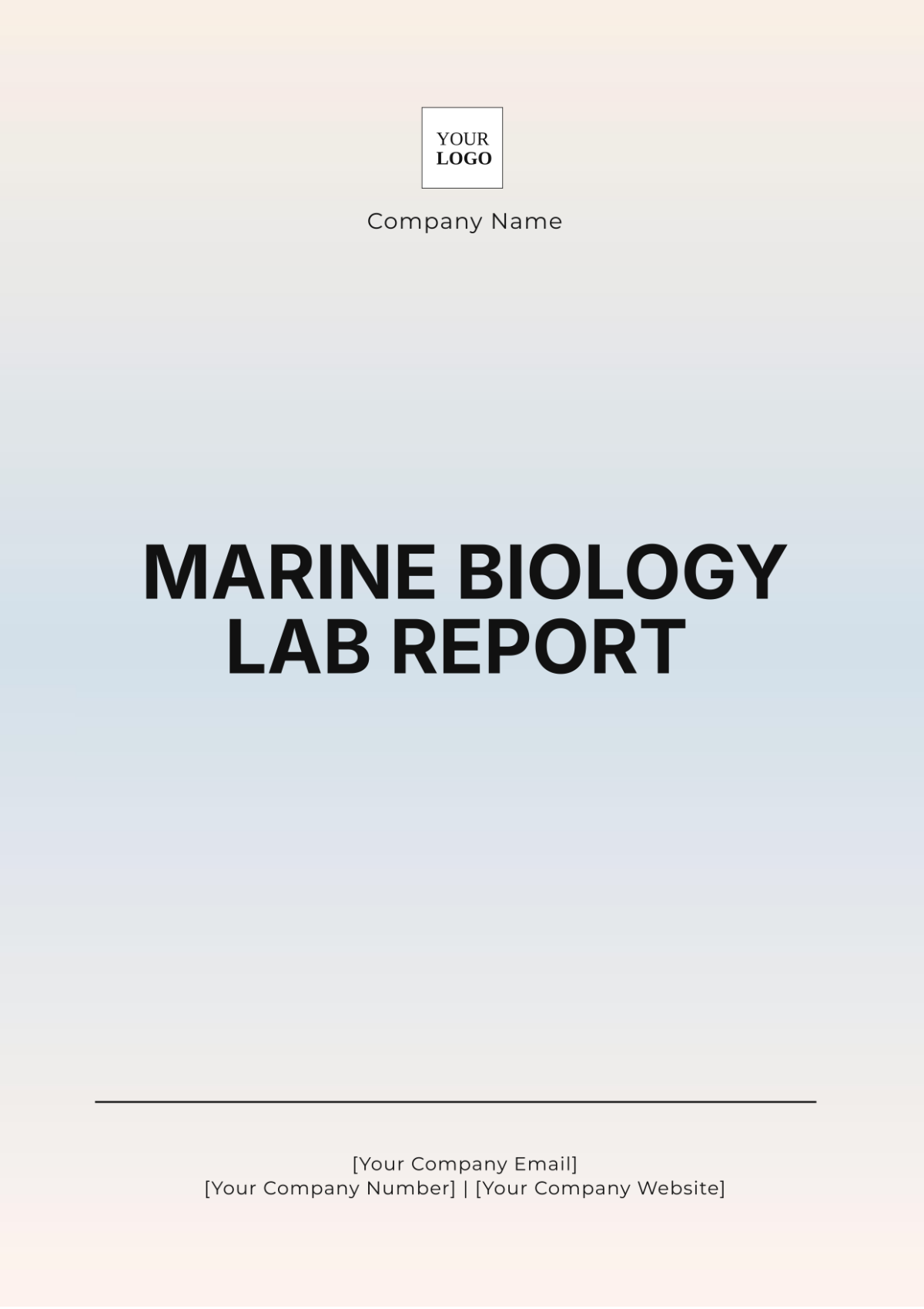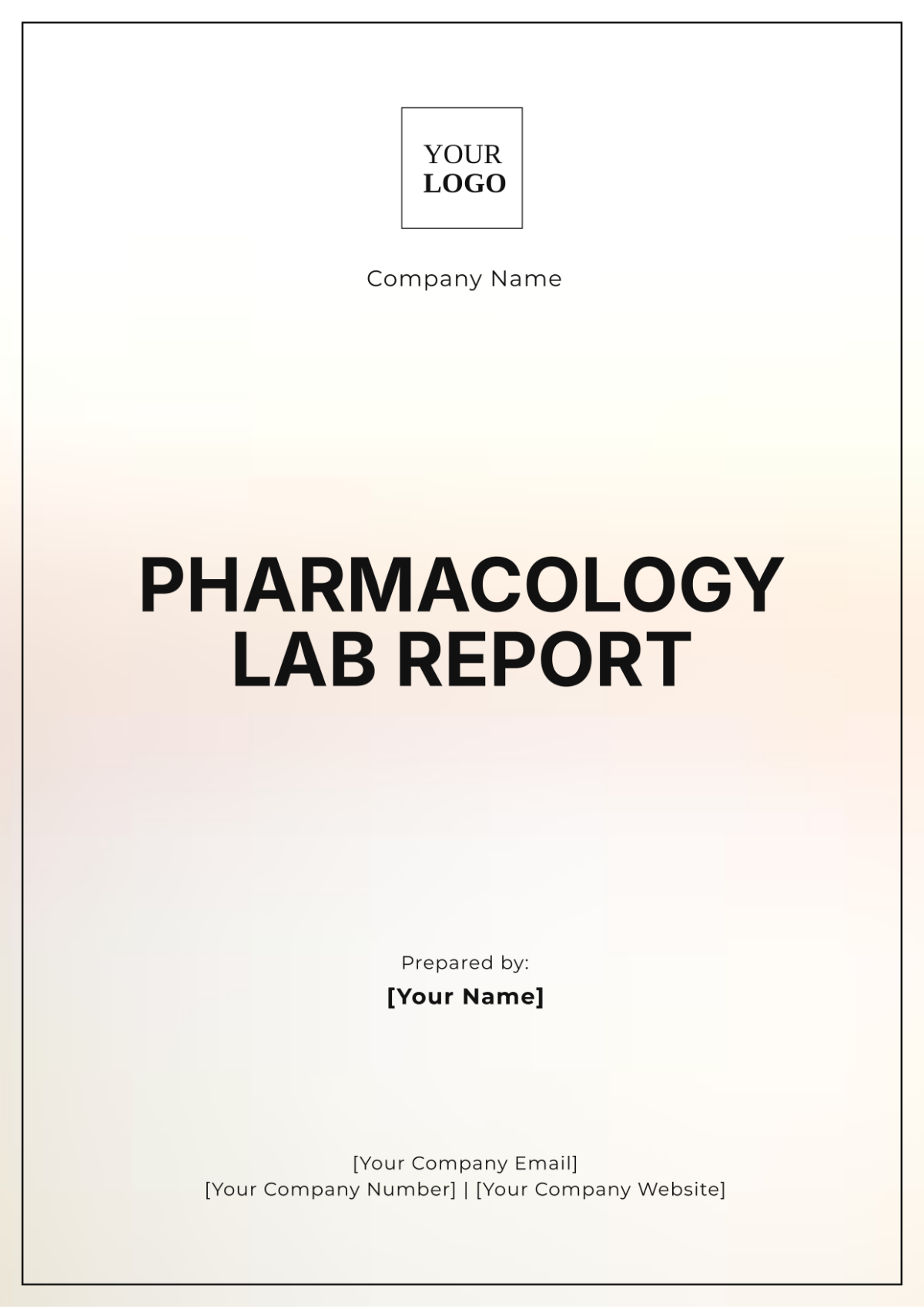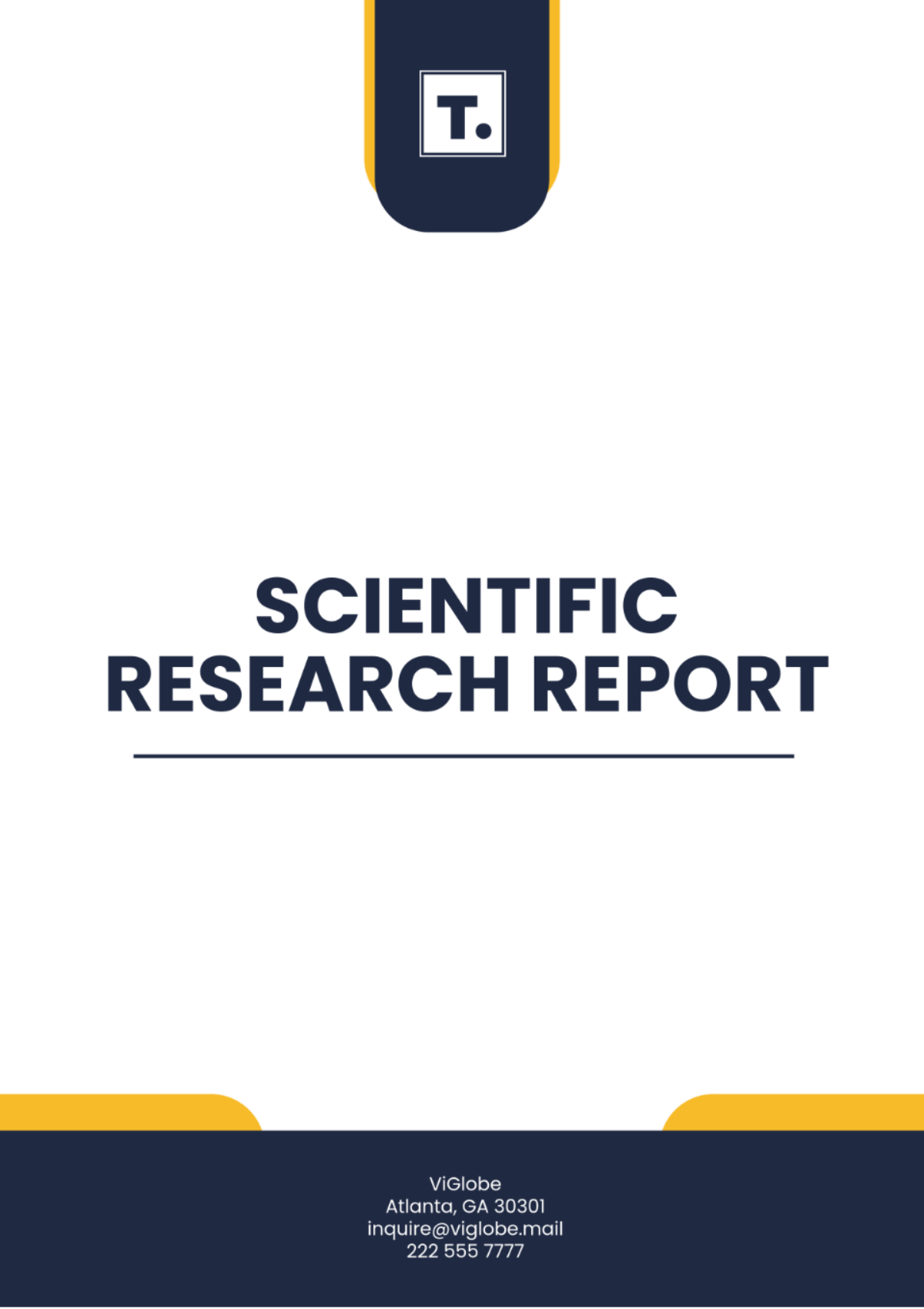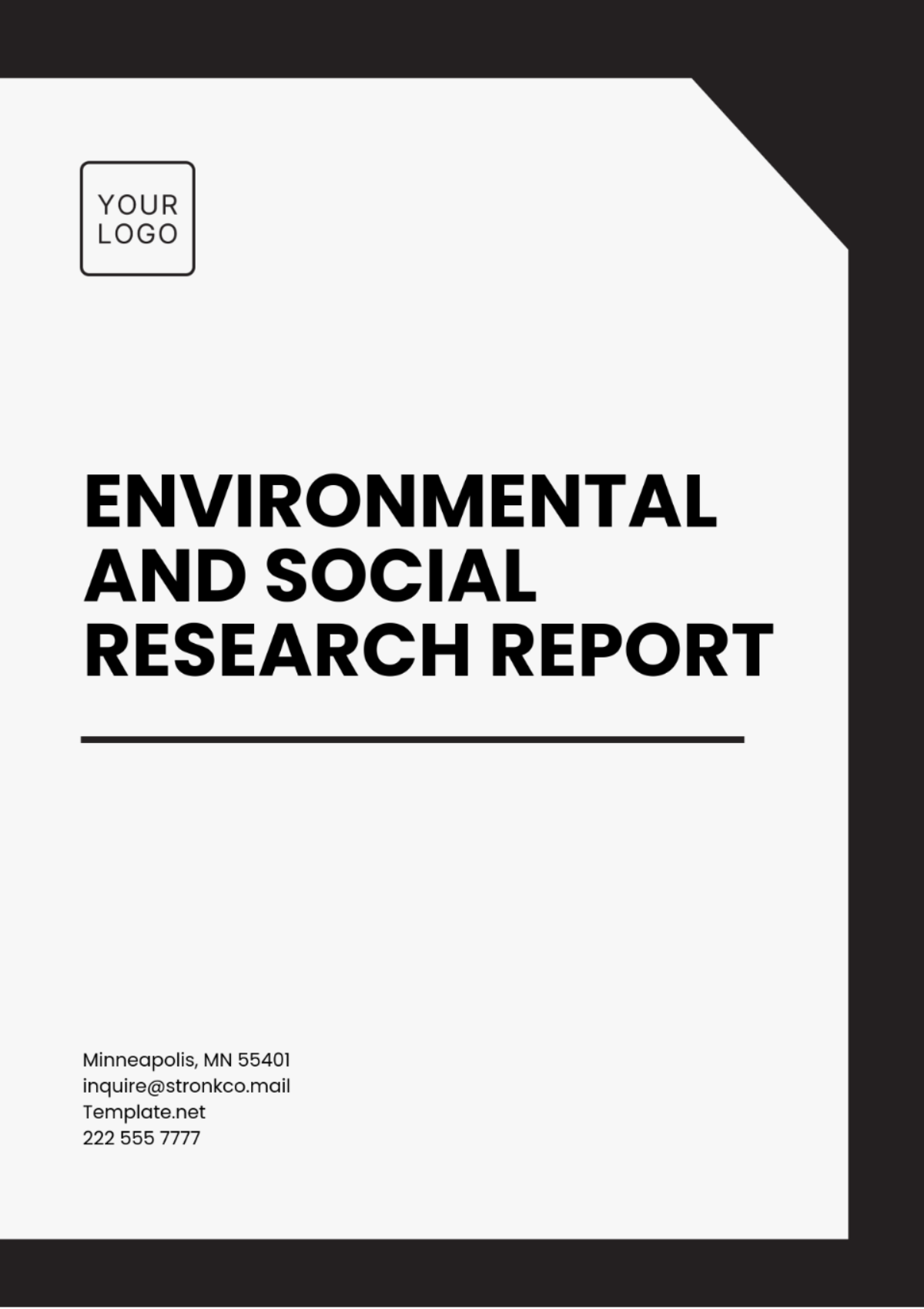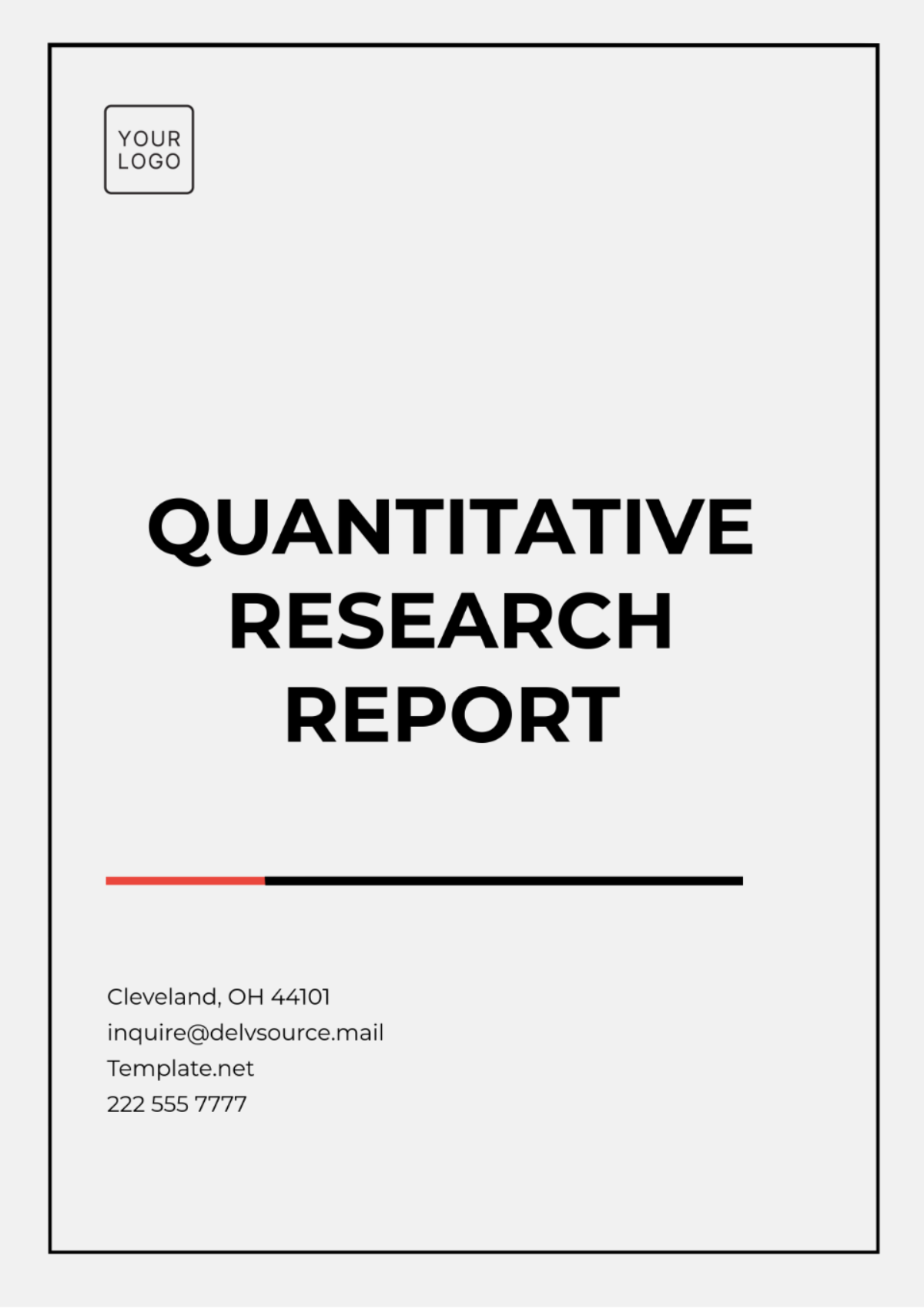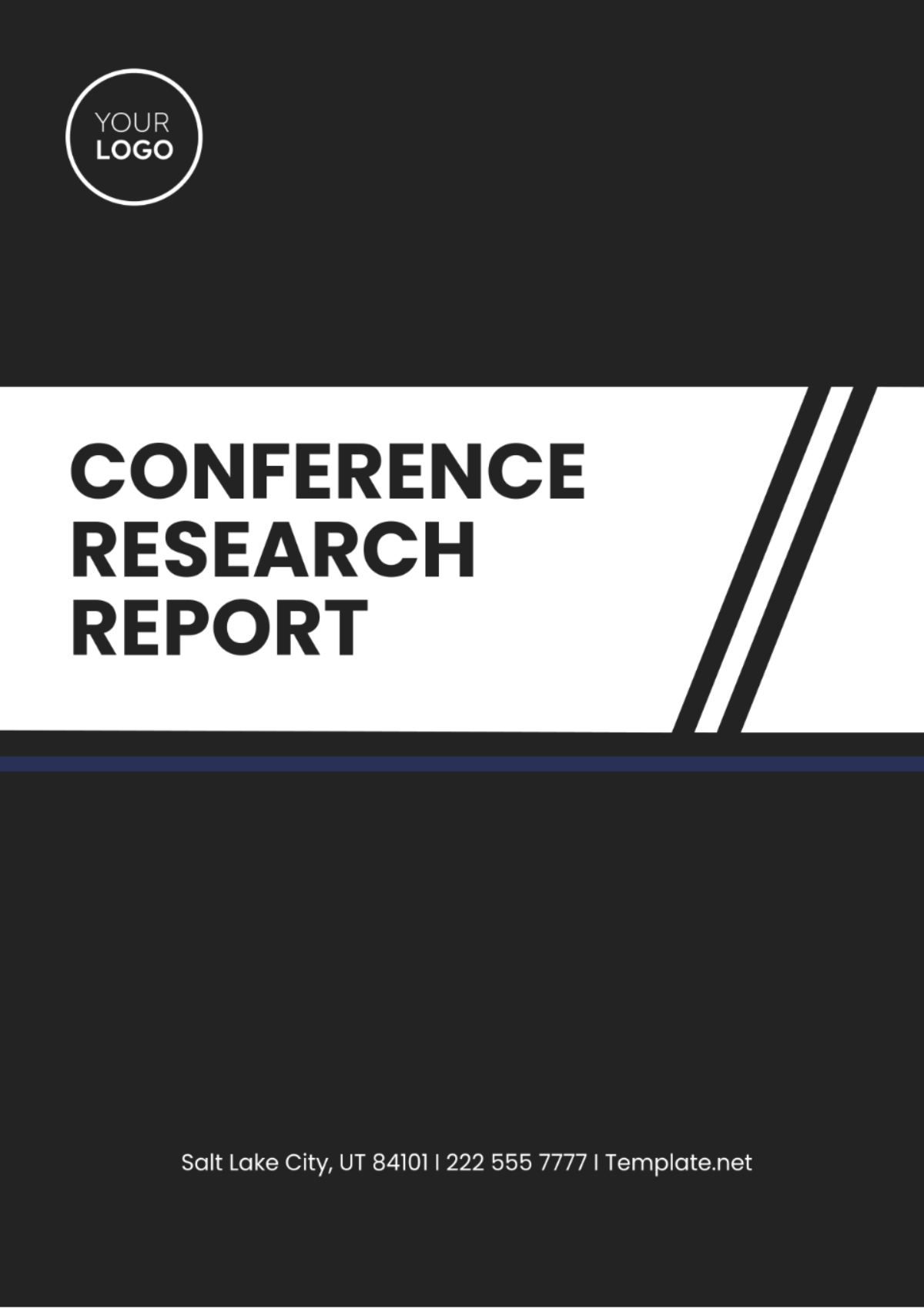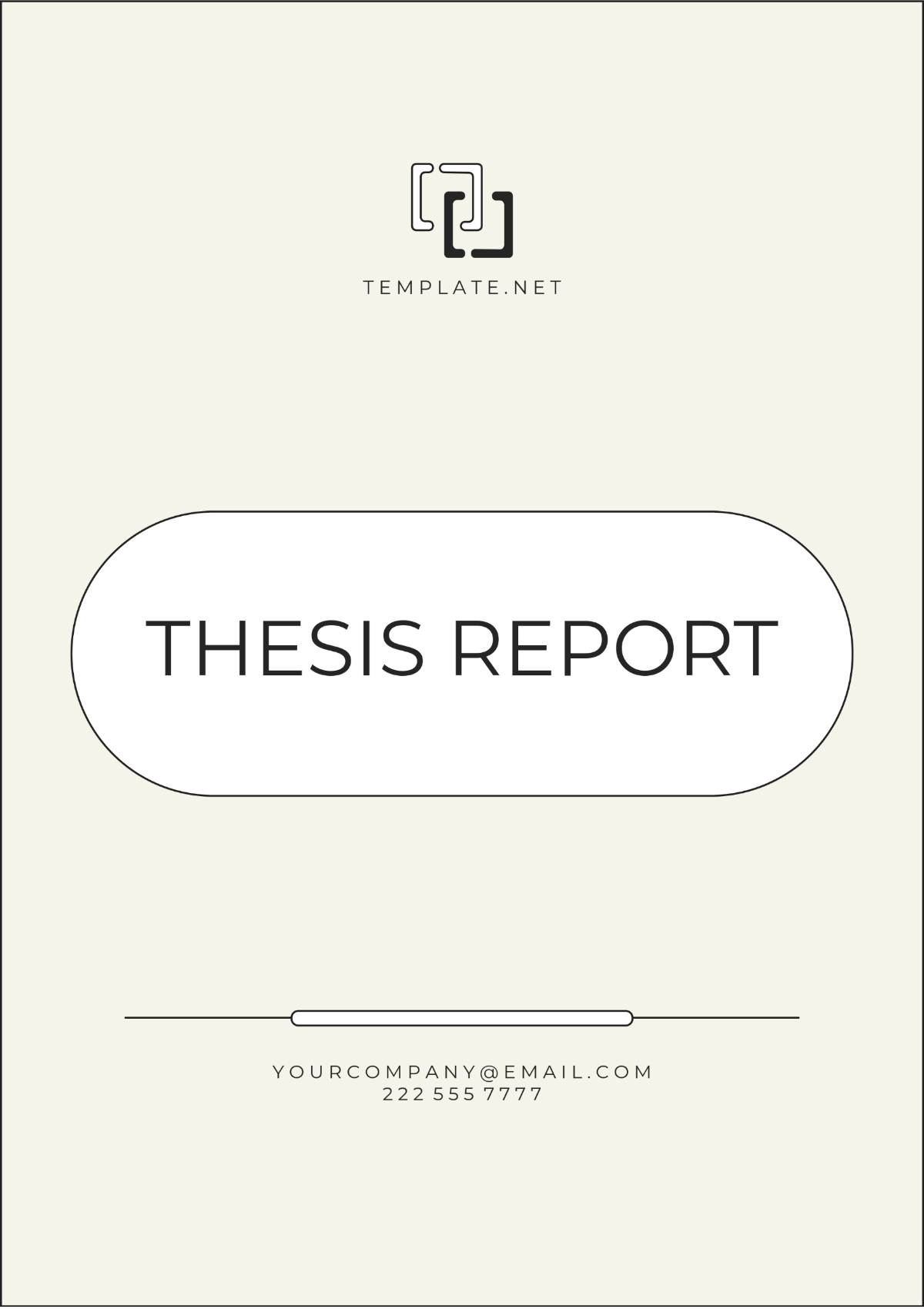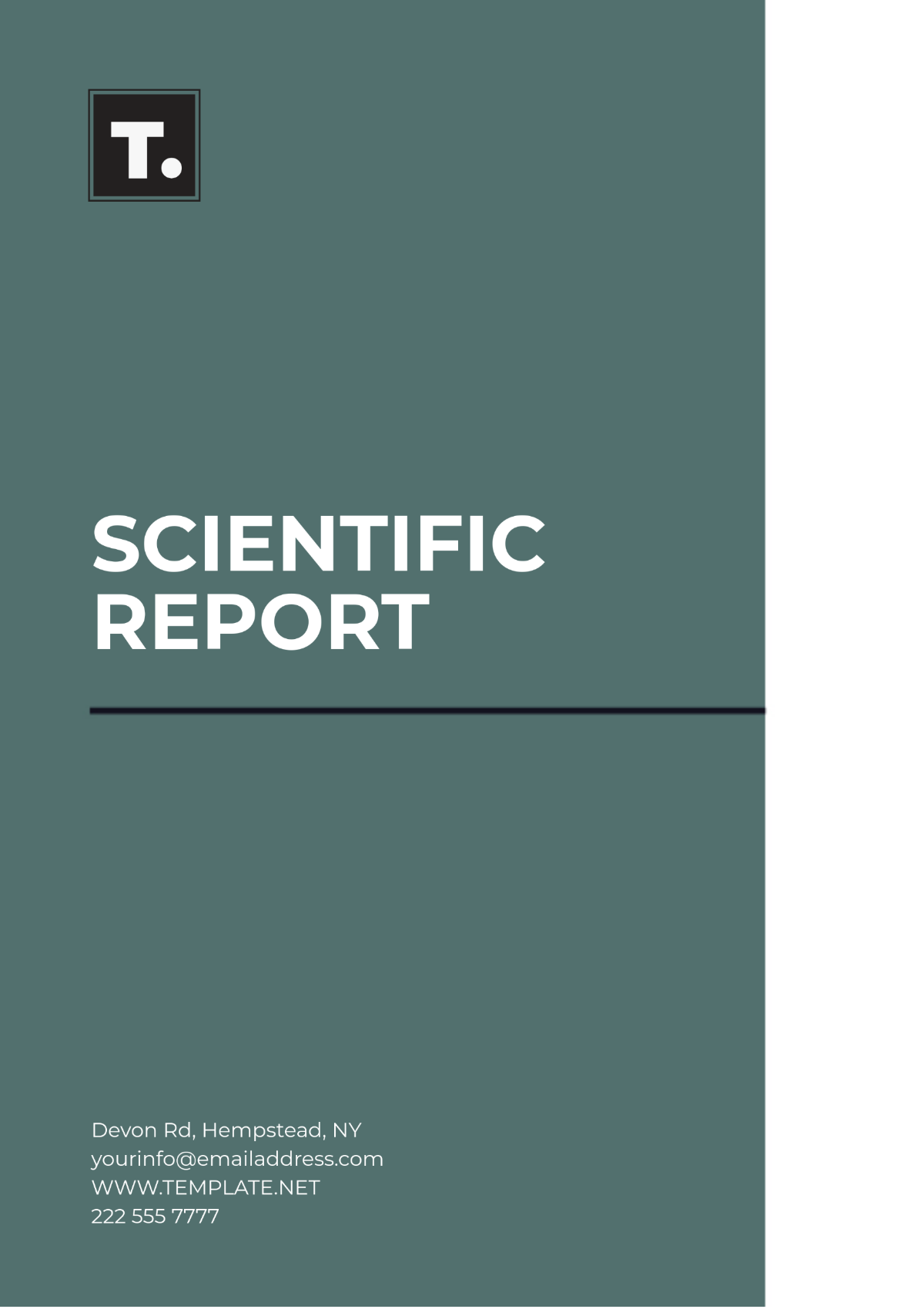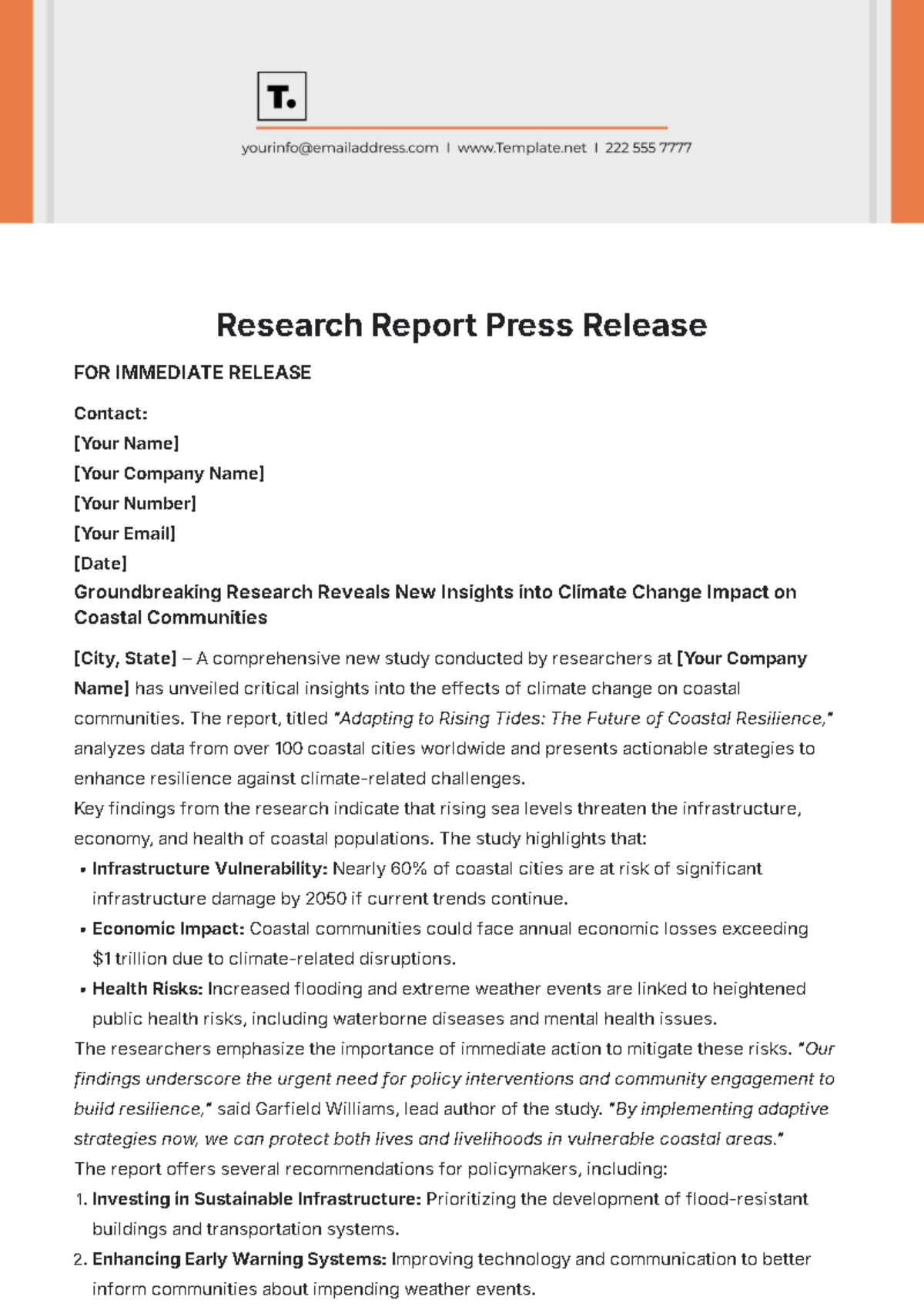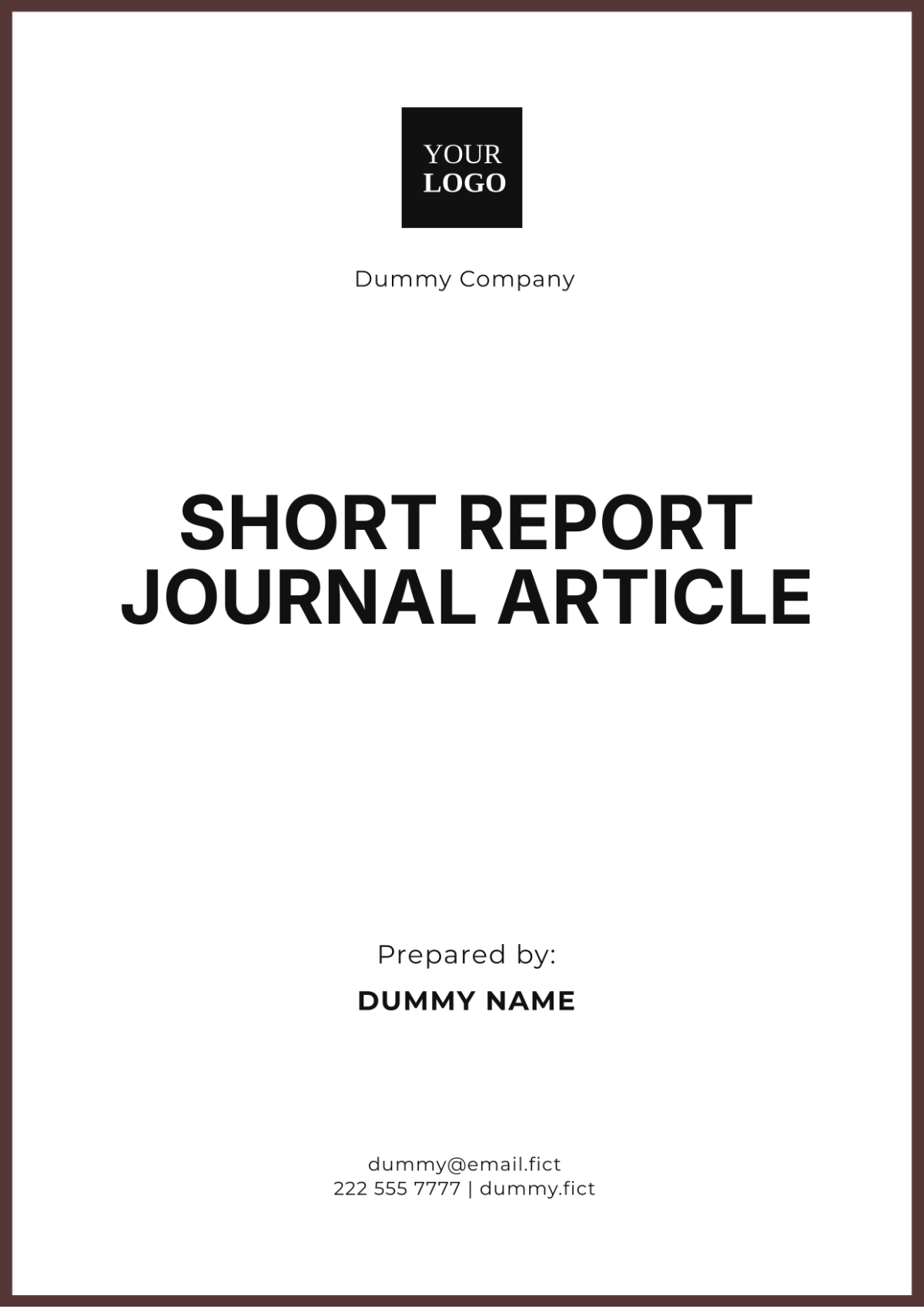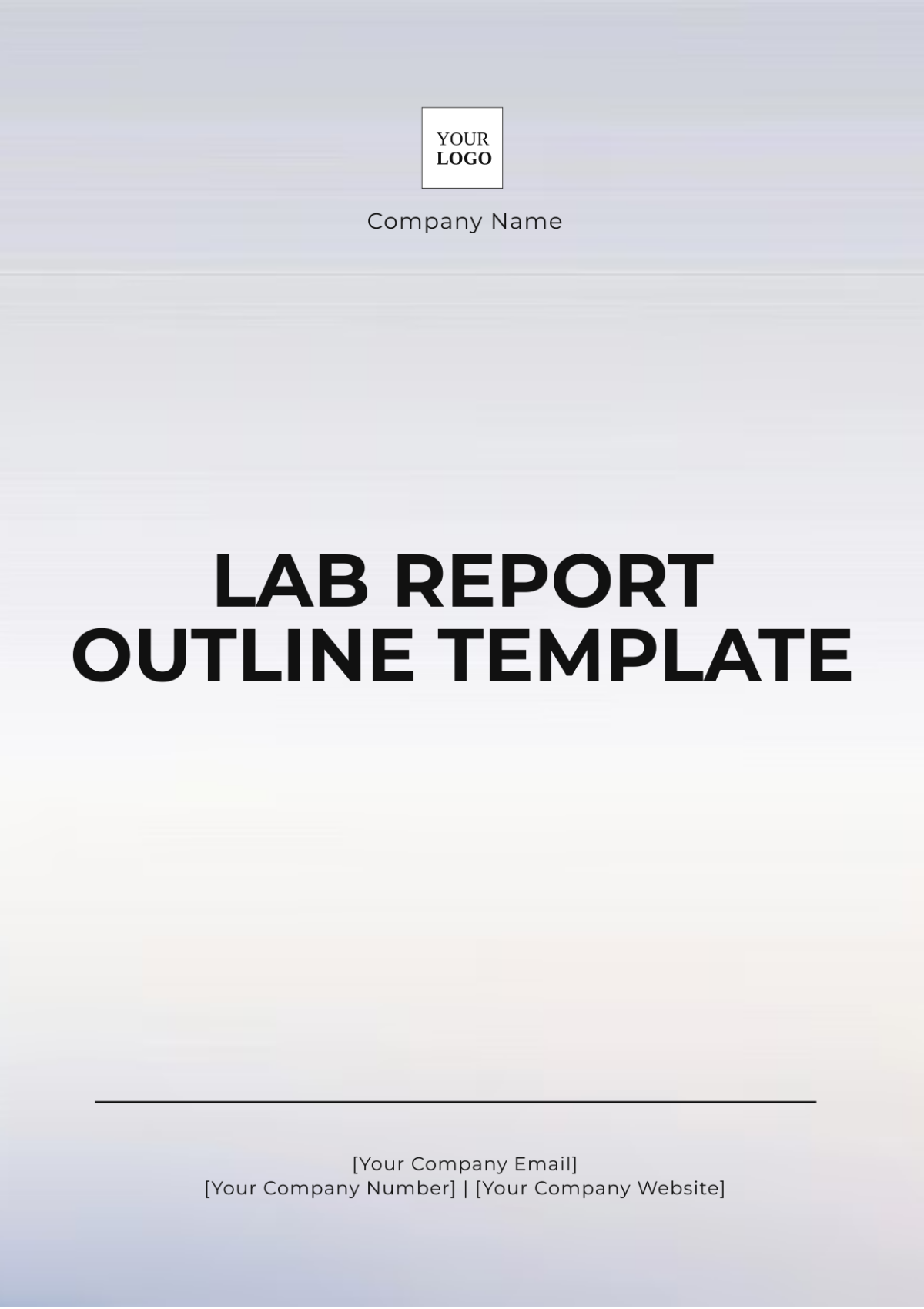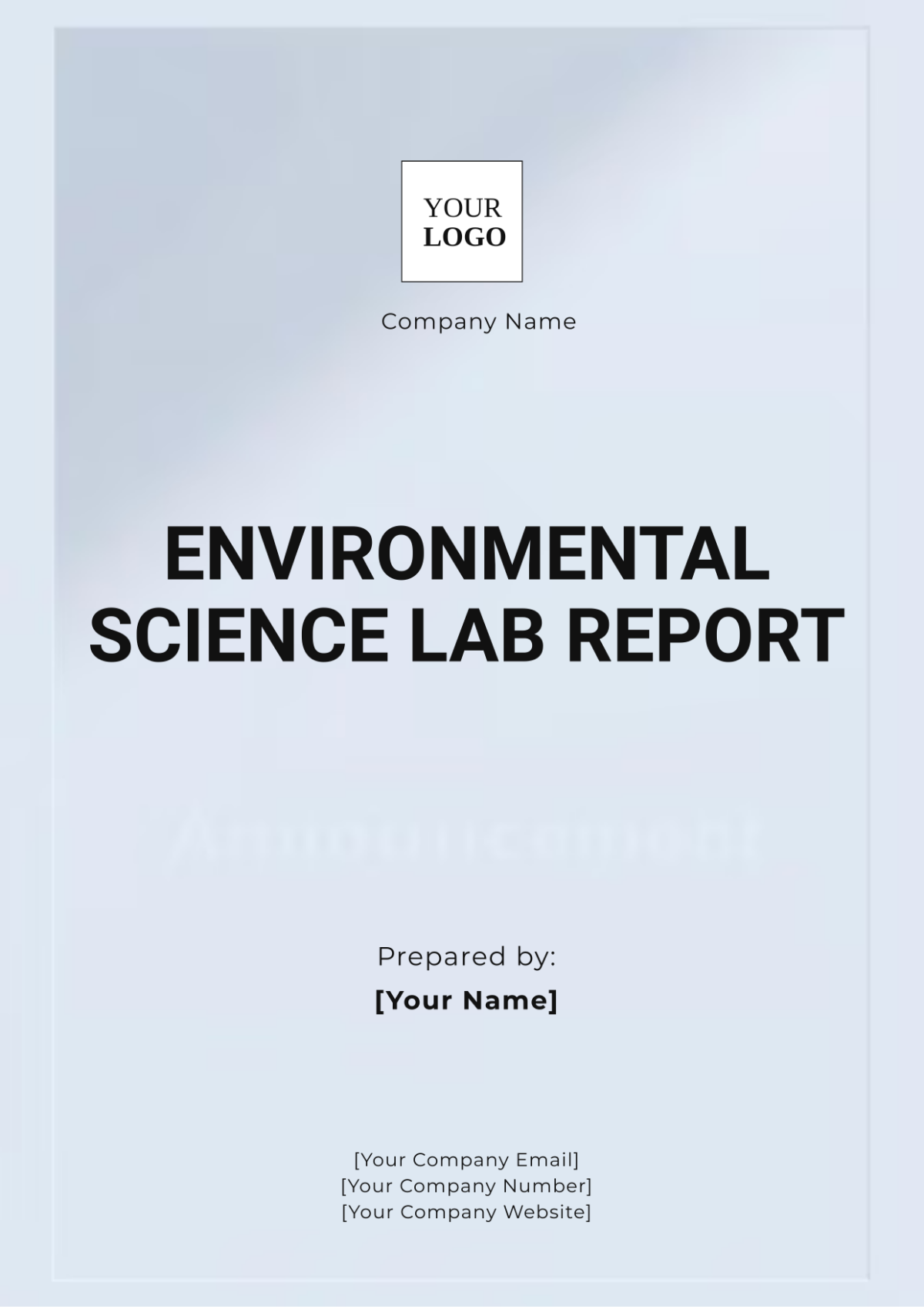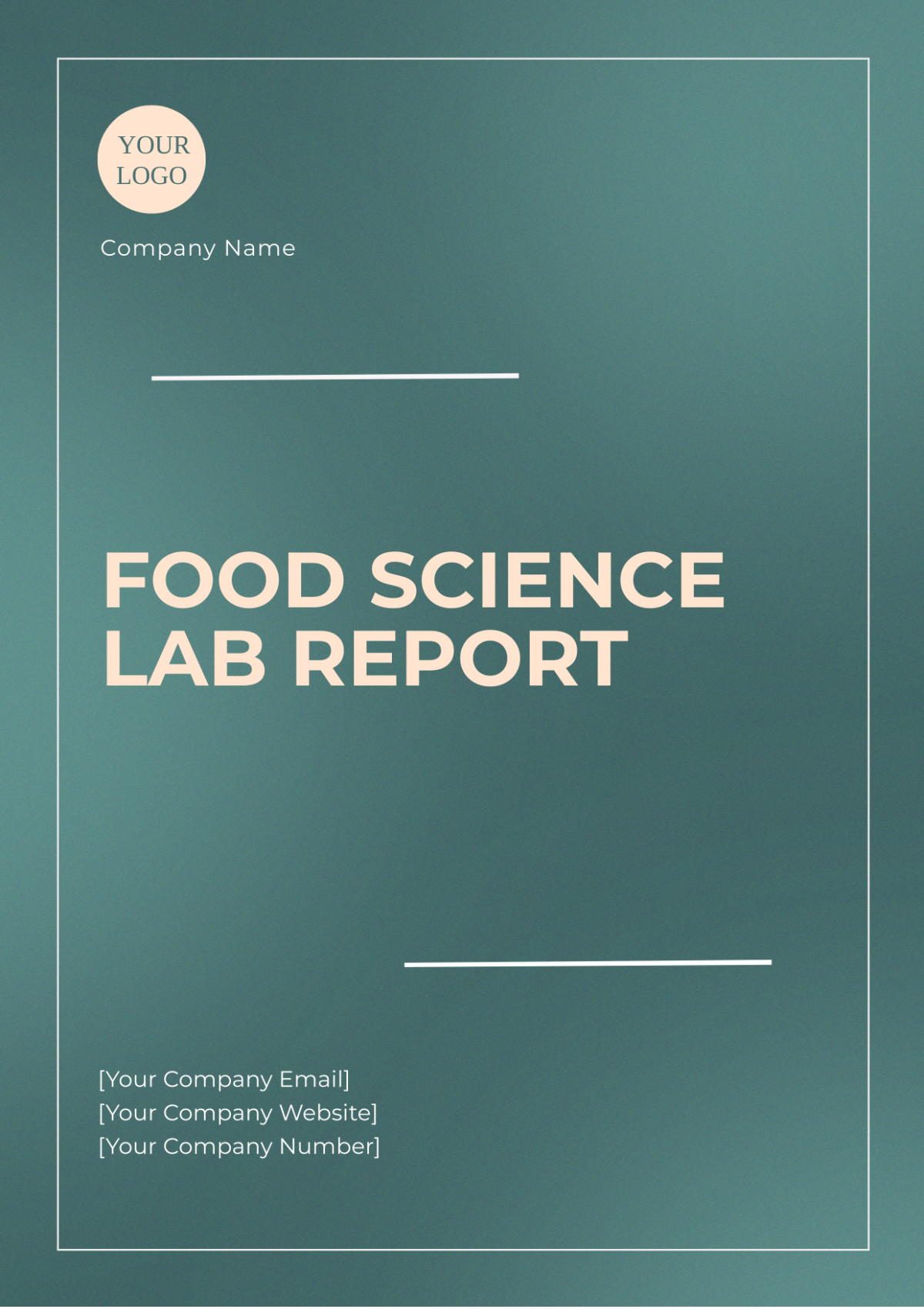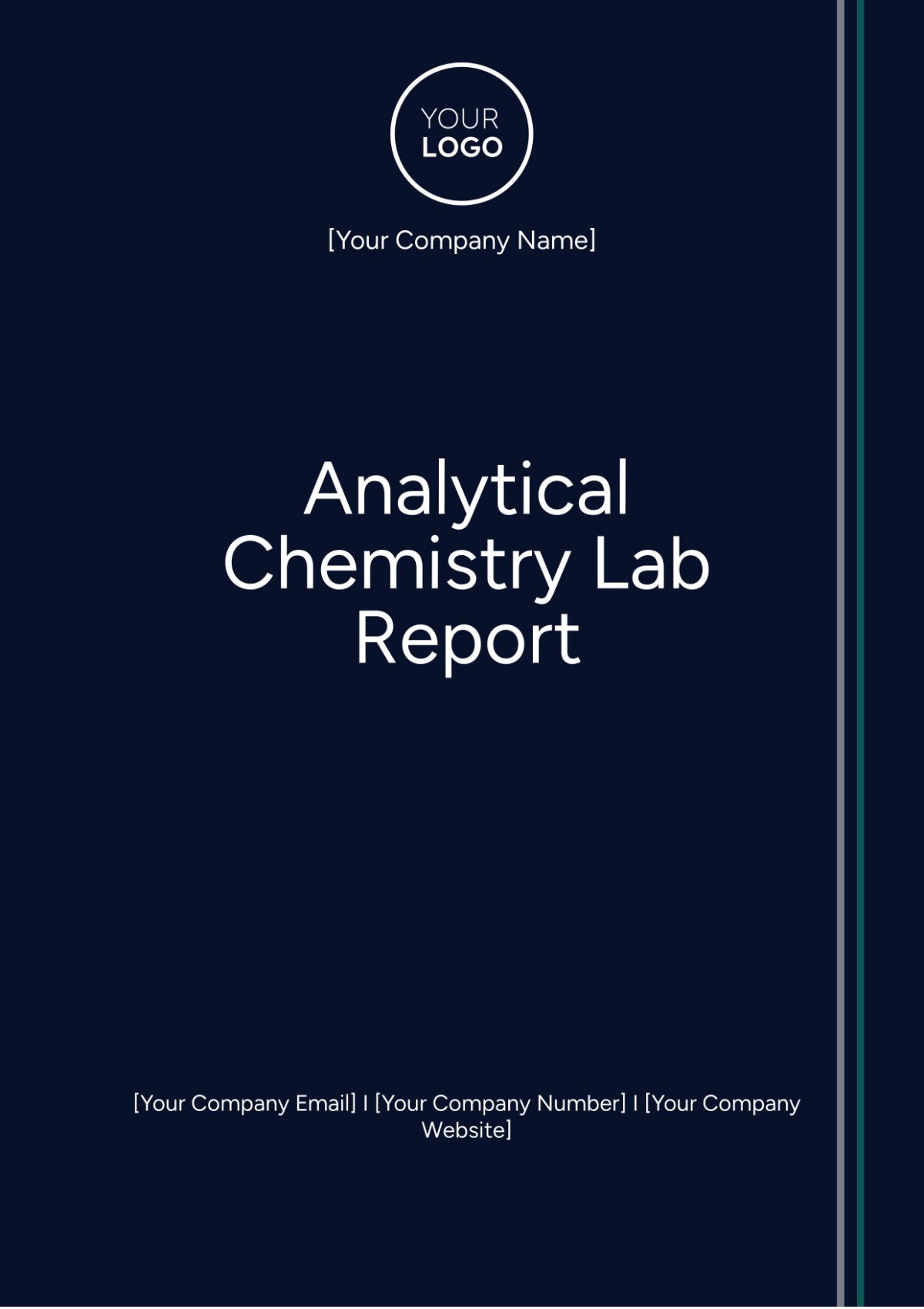Lab Report Introduction
Prepared by: [Your Name]
Date: [Date]
1. Background Information
The background information section provides the foundational context for the experiment on the effect of temperature on the rate of a chemical reaction. Understanding these concepts helps in framing the objectives and interpreting the results of the study.
1.1 Scientific Theories and Principles
Theory of Relativity: Although primarily a theory in physics related to space and time, its principles are foundational to understanding changes in experimental conditions over various scales.
Law of Conservation of Mass: This law is crucial in chemical reactions where the total mass of reactants equals the total mass of products. This principle helps in understanding reaction yields and efficiency.
Ohm’s Law: In electrical experiments, Ohm’s Law helps in analyzing the relationship between voltage, current, and resistance, which is important for evaluating electrical conductivity.
1.2 Previous Research
Study | Key Findings | Relevance |
|---|---|---|
Smith et al. (2052) | Found that increasing temperature significantly speeds up the reaction rate of enzyme-catalyzed reactions. | Supports the hypothesis that temperature affects reaction rates in this experiment. |
Johnson (2050) | Developed a new method for measuring electrical resistance with greater accuracy using digital sensors. | Provides a technique for measuring conductivity in our experiment. |
Lee & Kim (2051) | Demonstrated that catalysts can reduce the activation energy required for chemical reactions. | Relevant for examining how catalysts impact reaction times in this study. |
2. Purpose
The purpose section clarifies the major objectives of the experiment. The study aims to understand how different factors affect reaction rates and electrical conductivity.
2.1 Objectives
Determine the Effect of Temperature on Reaction Rate: The primary goal is to investigate how increasing or decreasing the temperature affects the speed of a chemical reaction involving hydrogen peroxide and potassium iodide.
Evaluate the Impact of Catalysts: Assess how the presence of catalysts like potassium iodide affects the reaction rate compared to the reaction without a catalyst.
Analyze Electrical Conductivity: Measure how materials such as copper, aluminum, and gold conduct electricity to understand their relative effectiveness in electrical circuits.
2.2 Hypothesis
Primary Hypothesis: It is hypothesized that increasing the temperature will accelerate the reaction rate of hydrogen peroxide decomposition, making it faster as the temperature rises.
Secondary Hypothesis: The presence of potassium iodide as a catalyst will significantly reduce the time required for the reaction to reach completion compared to reactions without the catalyst.
Tertiary Hypothesis: Materials like copper will exhibit lower electrical resistance and higher conductivity compared to materials like aluminum and gold in an electrical circuit.
3. Significance
The significance section highlights why the study is important and its potential contributions to both scientific knowledge and practical applications.
3.1 Scientific Impact
Advancement of Knowledge: The experiment will enhance understanding of how temperature and catalysts influence reaction kinetics and material conductivity, contributing to more accurate models of chemical reactions.
Improvement of Methods: By incorporating new techniques for measuring reaction rates and electrical properties, the study could lead to improvements in experimental precision and methodology.
3.2 Practical Applications
Industrial Processes: Results could optimize conditions for chemical reactions in industrial settings, potentially leading to more efficient production processes and cost reductions.
Technological Innovations: Insights gained may inform the development of new materials and technologies, such as improved conductive materials for electronic devices and more efficient catalytic processes in chemical manufacturing.
3.3 Future Research
Exploration of Different Variables: Future studies could explore how variables such as pressure, concentration, or pH affect reaction rates and conductivity, broadening the scope of understanding chemical kinetics.
Development of Advanced Catalysts: Encourages research into novel catalysts that could enhance reaction efficiency beyond current capabilities, potentially leading to breakthroughs in various chemical processes.
4. Conclusion
The introduction establishes the context, objectives, and significance of the experiment on the effect of temperature and catalysts on chemical reaction rates and electrical conductivity. By providing a comprehensive overview, it prepares readers to understand the purpose of the study and its potential impact on both scientific research and practical applications. This foundational knowledge is crucial for interpreting the results and conclusions that follow in the lab report.




